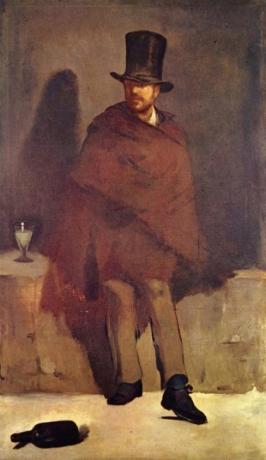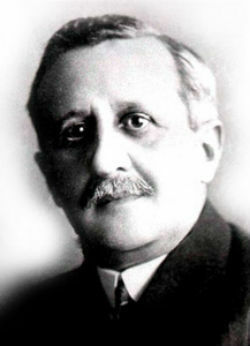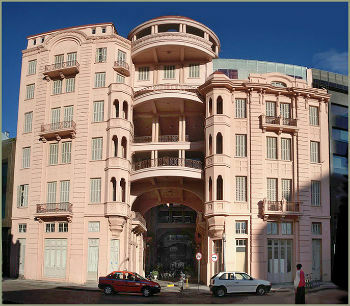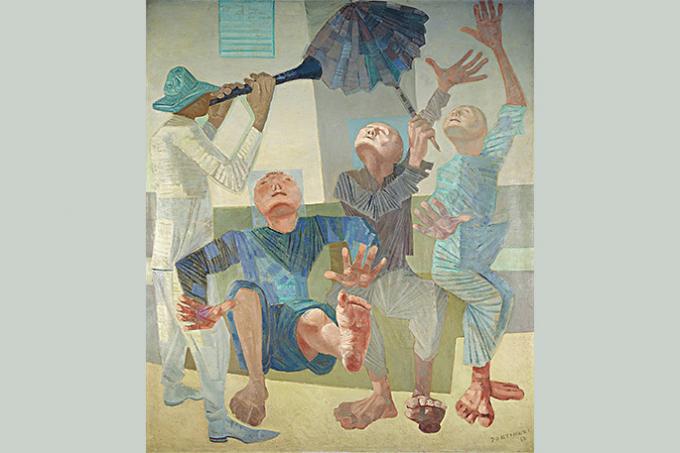Édouard Manet (1832-1883) was a controversial French painter. Despite being the greatest representative of Impressionism, he was the target of much criticism and had many works rejected for participate in the Paris Official Salon, which received works of art after being selected by an Academy jury.

Portrait of Édouard Manet
This is what happened for the first time in 1859 with the painting The Absinthe Drinker, which was rejected because of its boldness. That's because Manet had broken with tradition and showed signs of his modernity.
Thus, Manet is not only the pioneer of impressionism, but of modern painting.
Only two years later, in 1861, the painter managed to have one of his works exhibited at the annual exhibition of works of art held in Paris. That year, in fact, the Salon featured two works by Manet, The Spanish Cantor and Portrait of Mr. and Mrs. Auguste Manet.
It should be noted that this artist also brought traces of the movement known in art as Realism.
In 1863, Lunch on the Grass displeased the exhibition judges due to the eroticism present in the work. For this reason, it was exhibited at the Salão dos Recusados, which was the exhibition where works that were not accepted in the Official Salon went to.
In 1865 it was Olympia's turn to be turned down for similar reasons. The Fife Player, in 1866, was also turned down.
After so many refusals, Manet decided to organize an exhibition himself, and from it emerged a painting considered a masterpiece, Maximilian's Execution.
It was only after 1881 that all of his works could be exhibited at the Official Salon in Paris.
Manet was born into a bourgeois family, where he was the eldest, on January 23, 1832 in Paris. Suffering from syphilis, he also died in Paris on April 30, 1883. He was 51 years old.
Main Works
- The Absinthe Drinker (1859)
- The Spanish Singer (1860)
- Portrait of Mr. and Mrs. Auguste Manet (1860)
- The Surprise Nymph (1861)
- Lola de Valencia (1862)
- Music in the Tulheiras (1862)
- Lunch on the Grass (1863)
- Olympia (1863)
- The Dead Man (1864)
- The Fife Player (1866)
- The Execution of Maximilian (1868)
- Portrait of Émile Zola (1868)
- Self-portrait with Palette (1879)
- The Spring (1881)

The Absinthe Drinker
Characteristics of the Works
Manet was an impressionist, but his works bear some characteristics of Realism.
He used strong colors and in his works he contemplated the effect of shadows.
In terms of themes, Manet portrays the life of his time in an unconventional way.
Read too:
- Impressionism
- modern painting
- Renoir's life and work
- Monet



